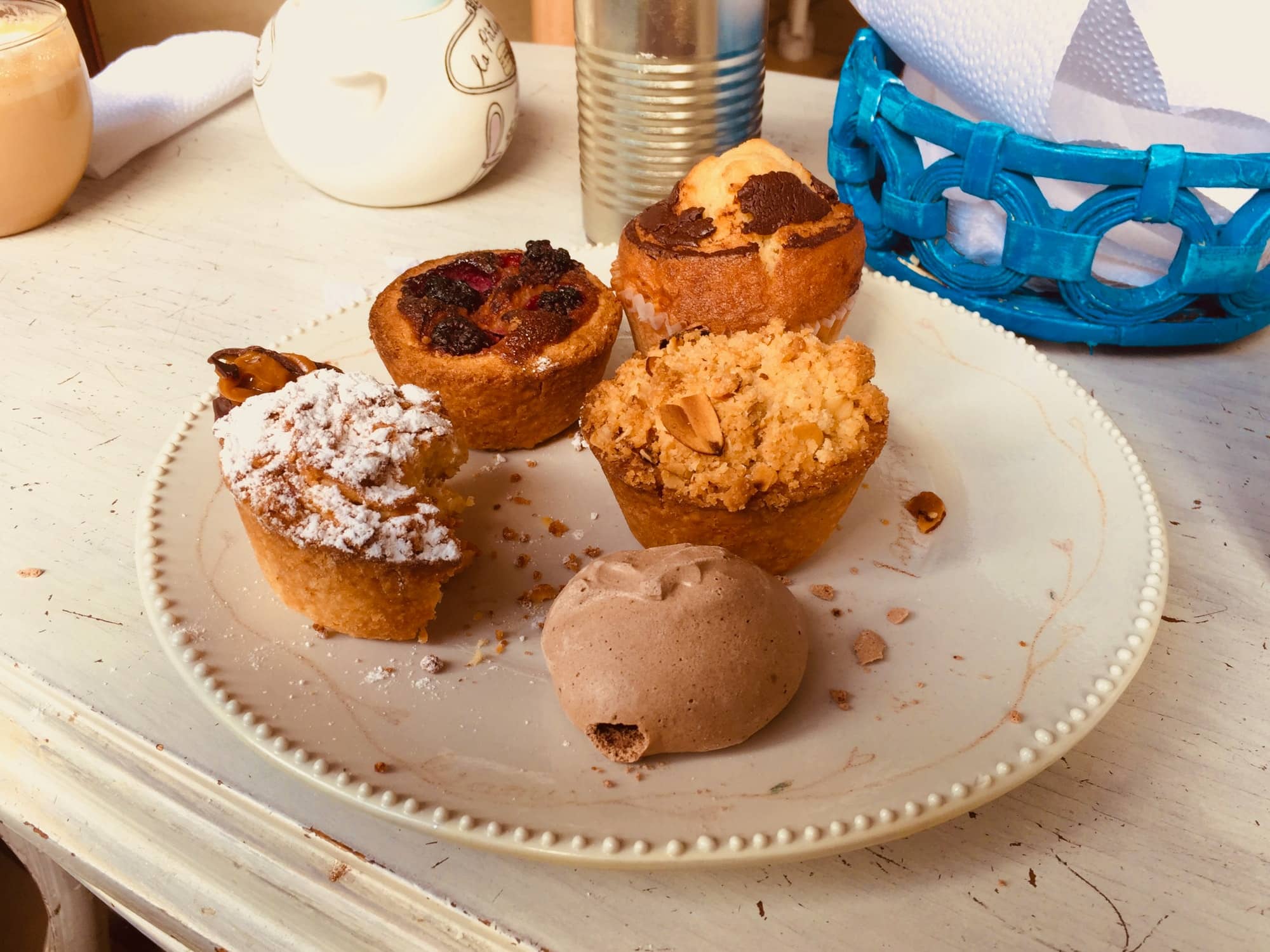How to Master the Delicate Art of French Macarons with a Rosewater Filling?

The art of crafting the perfect French macaron is a skill that eludes many. It’s a delicate process, full of precise measurements and intricate techniques. However, with a touch of patience and a dash of determination, you can master this art and create a tiny, sweet marvel – a French macaron with a rosewater filling. This article serves to guide you on this delectable journey, offering you a step-by-step guide on how to create these delightful confections.
Understanding the French Macaron
Before embarking on the journey of creating a rosy French macaron, it is necessary to understand what a macaron is. A French macaron is a sweet meringue-based confection made with egg white, icing sugar, granulated sugar, almond meal, and food coloring. The outside is crisp, but inside, it’s soft and light, creating a perfect balance of textures.
Dans le meme genre : What’s the Secret to a Perfectly Spiced Moroccan Lamb Tagine?
The rosewater filling brings a delightful floral note, which contrasts beautifully with the slight almond hint from the macaron shell. The filling can either be a rosewater-flavored buttercream or a rosewater-infused ganache, depending on your preference.
Gathering Your Ingredients and Tools
An important part of mastering the delicate art of French macarons is ensuring you have all the necessary ingredients and tools. This includes almond flour, egg whites, granulated sugar, powdered sugar, food coloring, unsalted butter, heavy cream, and rosewater for the filling. As for utensils, you will need a sifter, a mixer, a piping bag with a round tip, a spatula, and baking sheets lined with parchment paper. Having a kitchen scale can also be beneficial, as macaron recipes often call for precise measurements.
Dans le meme genre : How to Create a Gourmet King Crab Legs with a Garlic Butter Sauce?
Remember, creating French macarons is a science as much as it is an art. Therefore, the accuracy of your measurements and the quality of your ingredients can significantly impact the final result.
Perfecting the Macaronage Process
Macaronage is a French term that refers to the process of mixing the dry ingredients with the egg whites to create the macaron batter. This process is crucial to achieving the characteristic smooth top and ruffled feet of a perfect French macaron.
Begin by sifting the almond flour and icing sugar together to remove any lumps. Afterward, whip the egg whites until they form soft peaks, gradually adding the granulated sugar until fully incorporated. The egg whites should be firm and glossy.
The next stage involves carefully folding the sifted almond flour and icing sugar into the whipped egg whites. It’s essential to do this gently and gradually to avoid deflating the egg whites. The batter should flow like lava and form a ribbon when lifted with a spatula.
Baking and Assembling the French Macarons
Once your batter is ready, it’s time to pipe it onto your lined baking sheets. They should be piped into small, round shapes, approximately the size of a coin. Allow them to rest at room temperature for about 30 minutes or until they develop a skin. This resting period is essential to produce the macarons’ feet.
Bake them in a preheated oven at a low temperature, around 150 degrees Celsius, for about 15 minutes. It’s important to keep a close eye on them to prevent over-browning. Once done, allow them to cool completely before you proceed with the filling.
Creating the rosewater filling involves beating butter until creamy and then gradually adding powdered sugar, heavy cream, and rosewater. Afterward, pipe the filling onto one macaron shell and sandwich it with another shell.
Troubleshooting Common Macaron Problems
Even with detailed instructions, making French macarons can still be challenging. However, understanding common problems can help you rectify them and achieve success. For instance, if your macarons have a cracked top, it could be because you did not let them rest long enough before baking or your oven temperature was too high.
On the other hand, if they are hollow or have no feet, you may have over-mixed or under-mixed your batter. This emphasizes the importance of the macaronage process. Remember to fold until the batter flows like lava, but don’t overdo it.
Mastering the delicate art of French macarons is a rewarding experience, and there’s nothing more satisfying than biting into your perfectly crafted, rosewater-filled cookie. Keep practicing, remain patient, and soon you will perfect this delicious Parisian treat.
Experimenting with Your Own Flavors
After mastering the basic French macaron, don’t be afraid to experiment with your own unique flavor combinations. The sweet almond base of the macaron shell is a great canvas for a wide range of flavors, so let your creativity run wild.
To create your own filling, start with a basic buttercream or ganache recipe. For buttercream, you’ll need unsalted butter, powdered sugar, and a splash of heavy cream. For ganache, you’ll need white chocolate and heavy cream.
The key to customizing your filling is in the flavorings. You could add citrus zest, various spices, different extracts, or even finely chopped nuts. But remember, the flavorings should be added gradually, tasting as you go, to ensure the flavor isn’t too overpowering.
For example, if you’d like to use a raspberry filling, you could add some raspberry jam or raspberry extract to your buttercream. Alternatively, for a coffee-infused macaron, add some instant coffee granules or espresso powder to your ganache.
Just keep in mind that whatever flavor you choose, it should complement, not overpower, the delicate almond flavor of the macaron shell.
Conclusion: Enjoying Your French Macarons
Now that you know the secrets of making macarons, it’s time to reap the rewards of your hard work. These delicate treats are best enjoyed fresh, but they can also be stored in an airtight container at room temperature for a couple of days or in the refrigerator for up to a week.
Sharing your homemade French macarons with friends and family can be a wonderful experience. Not only will they be impressed by your baking skills, but they’ll also appreciate the thought and effort that went into making such a delightful treat.
Remember, practice makes perfect. Don’t be disheartened if your first batch of macarons doesn’t turn out as expected. Baking is a science, and like any science, it requires precision, patience, and sometimes a little trial and error.
With continued practice, you’ll soon be able to master the delicate art of French macarons. Whether you stick to the classic rosewater filling or experiment with your own unique flavors, we’re confident that you’ll fall in love with these sweet, delicate confections. Bon appétit!
